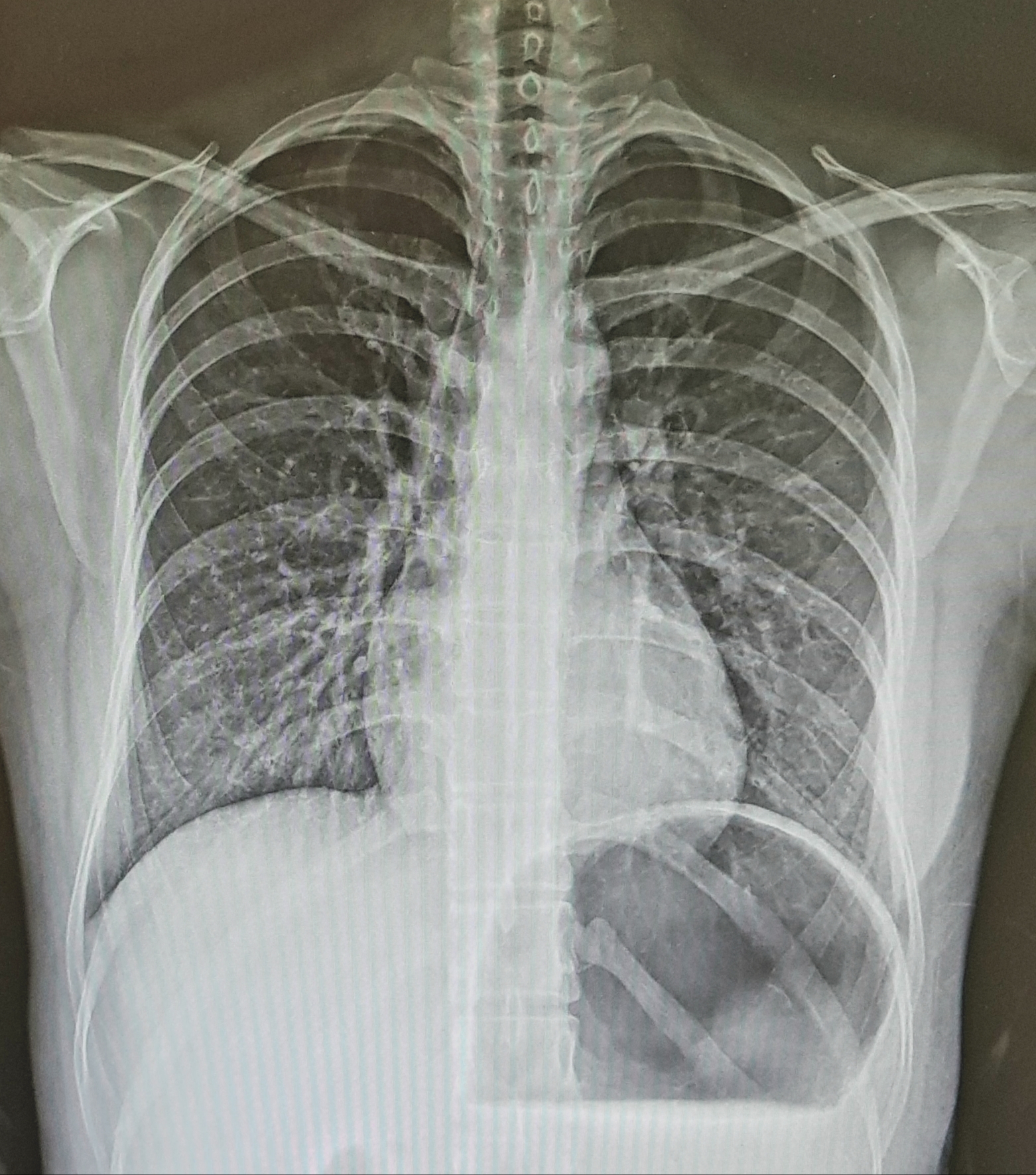| 일 | 월 | 화 | 수 | 목 | 금 | 토 |
|---|---|---|---|---|---|---|
| 1 | 2 | 3 | ||||
| 4 | 5 | 6 | 7 | 8 | 9 | 10 |
| 11 | 12 | 13 | 14 | 15 | 16 | 17 |
| 18 | 19 | 20 | 21 | 22 | 23 | 24 |
| 25 | 26 | 27 | 28 | 29 | 30 | 31 |
- MRA
- chemical shift artifact
- 자기공명혈관조영술
- fast spin echo
- T1WI
- wrap around artifact
- no phase wrap
- MR angiography
- FSE
- receive bandwidth
- T1강조영상
- T2강조영상
- saturation band
- 방사선사나라
- 사전포화펄스
- T2 이완
- MRI 영상변수
- MRI gantry
- 동위상 탈위상
- TR TE
- tof
- MRI image parameters
- saturation pulse
- ECG gating
- fractional echo
- T2WI
- slice gap
- radiographer nara
- K-space
- aliasing artifact
- Today
- Total
방사선사나라 Radiographer Nara
[MRI] (영/한) EPI (Echo Planar Imaging) / 이피아이 기법 본문
(영어/영문/English)
EPI?
It is an abbreviation of Echo Planar Imaging, and it is a method of measuring all of the phase encoding steps during one TR for making a image. It is the fastest imaging method among currently used sequences. (T1 image cannot be obtained because there is only one TR.)
In all EPI methods, artifacts due to the chemical shift of water and fat signals are generated in the phase encoding direction, so it is necessary to suppress fat signals.
EPI images have very poor resolution and contrast so are used for functional MR images, diffusion and perfusion images that use extremely short scan times.
Hardware required for EPI
1. To increase the receive bandwidth, the maximum gradient amplitude should be high.
2. The rise time to the maximum amplitude should be short.
3. The slew rate should be high.
4. The duty cycle, which is the time that gradient is on per unit time, should be close to 100%.
In other words, the gradient must always be on.
5. A fast receiving device is required.
6. You need RAM that can process large amounts of data in a short amount of time.
Principle of EPI image acquisition
In addition to RF pulse that can excite spins, a frequency encoding gradient that can change the polarity of positive and negative very quickly, and several small and unchanged phase encoding gradient are used.
Types of EPI techniques
1. blipped single shot (snap shot) EPI technique
It is a technique that fills the entire K-space in a zigzag shape during a single TR, so it is easy to make geometric distortions in MR images.
2. Multi shot EPI technique
In order to reduce the distortion of the image, which is a disadvantage of the snap shot EPI technique, it is a method of overlapping the K-space by reducing the echo spacing, which is a time interval between K-space step and step. The scan time increases in proportion to the number of shots applied.
EPI scan time = TR x number of shots x NEX

by radiographer nara
(국어/국문/Korean)
EPI?
Echo Planar Imaging의 약자로, 영상부호화 단계를 한 TR 동안에 모두 측정하는 방법이며, 현재 사용되는 시퀀스 중 가장 빠른 영상법이다. (TR이 한 번 뿐이므로 T1 영상은 얻을 수 없다.)
모든 EPI 방법에서는 물과 지방 신호의 화학적 이동에 따른 인공물이 위상부호화 방향으로 발생되므로, 반드시 지방신호 억제가 필요하다.
EPI 영상은 해상도와 대조도가 매우 나빠, 극도로 짧은 검사시간을 이용하는 기능적 영상이나 확산, 관류 영상에 사용된다.
EPI를 위하여 필요한 하드웨어
1. 수신주파수폭을 넓게 하려면 경사자계 최대 진폭이 커야 한다.
2. 최대 진폭까지의 상승 시간이 짧아야 한다.
3. slew rate가 높아야 한다.
4. 단위 시간 당 경사자계가 걸려 있는 정도인 duty cycle이 거의 100%에 가까워야 한다.
즉, 경사자계가 계속 걸려 있어야 한다.
5. 고속의 수신 장치가 필요하다.
6. 짧은 시간에 많은 양의 데이터를 처리할 수 있는 RAM이 필요하다.
EPI 영상 획득 원리
양자를 여기 시킬 수 있는 RF 펄스를 비롯하여 양성과 음성의 극성이 매우 신속하게 바뀔 수 있는 주파수 부호화 경사자계와 작고 크기가 변하지 않는 여러 개의 위상부호화 경사자계를 이용한다.
EPI 기법의 종류
1. blipped single shot (snap shot) EPI 기법
한 번의 TR 동안에 K-space 전체를 지그재그 모양으로 다 채우는 기법으로 MR 영상에 기하학적 왜곡을 동반하기 쉬워 종종 찌그러진 영상을 얻게 된다.
2. multi shot EPI 기법
snap shot EPI 기법의 단점인 영상의 왜곡을 줄이기 위해, K-space를 중복해서 채움으로써 K-space 줄과 줄 사이의 시간 간격인 에코 간격을 줄이는 방법이다. 가해지는 shot 수에 비례하여 검사시간이 증가한다.
EPI scan time = TR x shot의 수 x NEX
- 방사선사나라
'자기공명영상 (MRI)' 카테고리의 다른 글
| [MRI] rFOV (Rectangular Field Of View) / 직사각형 영상영역 (0) | 2020.04.29 |
|---|---|
| [MRI] (영/한) Fractional NEX, Fractional echo / 부분 여기횟수, 부분 에코 (0) | 2020.04.28 |
| [MRI] (영/한) Fast Gradient Echo / 고속 경사에코 기법 (0) | 2020.04.26 |
| [MRI] (영/한) SSFSE , HASTE / 고속영상법 (0) | 2020.04.25 |
| [MRI](영/한) FSE (Fast Spin Echo), TSE(Turbo Spin Echo) / 고속 스핀에코 (0) | 2020.04.24 |




